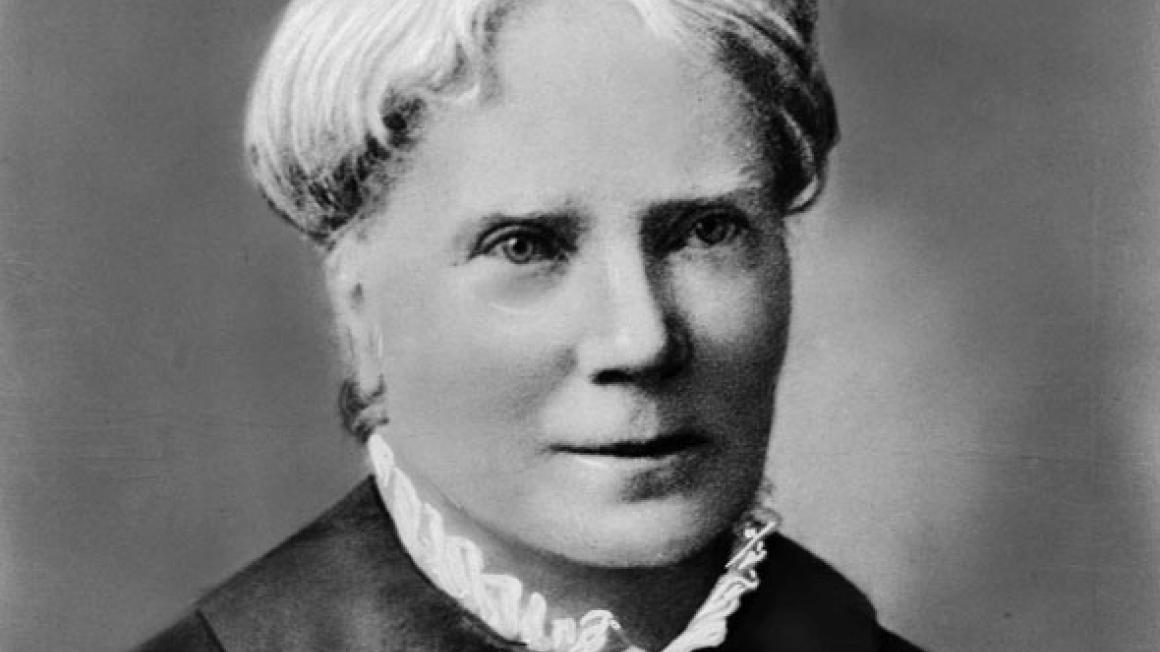East Sussex
Because, despite the full-fat temptations littered along its coastlines, it transpires that the residents of East Sussex have a seven per cent below average risk of developing a major medical condition or illness like cancer or liver disease.
As a general rule, East Sussex suffers most from low birth weight, breast cancer, leukaemia and kidney disease, but cases of these all still sit below the national average.
The other area that ducks well below the national average is Suffolk – sharing the same profile of health and wellbeing for its residents. Admittedly this does sound like something straight out of both areas’ local authority PR departments. But the statistics are based on a serious analysis of the Small Area Health Statistics Unit’s Environment and Health Atlas for England and Wales by the health provider Benenden, utilising data frequently used to assess the risk of disease in regions across the UK.

To keep things interesting, they have developed a computer tool (and possible after-dinner game), in which people can enter their gender and postcode to check which diseases are most likely in their region, based on cases of a specific disease per 1,000 people. If you are a hypochondriac it is probably not advisable.
Obviously it isn’t as simple as moving postcodes, but we do move in order to give ourselves a ‘better standard of living’. It doesn’t take a medical degree to grasp that living on a main road in London will make you more susceptible to chest conditions than living in a Norfolk village – another place that comes out of the survey rather well.
I do know that after a career as the first female doctor on the British and American registers, Elizabeth Blackwell decided to retire to Rock House in Hastings where she lived to the age of 89. And not to Hampshire where we now learn the inhabitants are 12 per cent more likely to feel poorly. Not that it’s a competition or anything…
Next week: Painted boats


